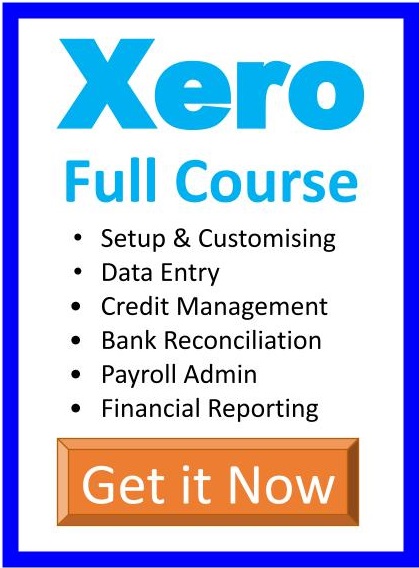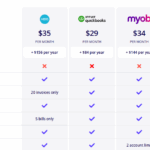 For many people who decide to go into business, they often don’t give much thought to their finances beyond just wanting to turn a profit. What they fail to realise is that the key to turning a profit is creating a financial plan. A financial plan acts as a sort of roadmap to your future profits, which is why our Small Business Management Course outlines exactly what you need to include in yours.
For many people who decide to go into business, they often don’t give much thought to their finances beyond just wanting to turn a profit. What they fail to realise is that the key to turning a profit is creating a financial plan. A financial plan acts as a sort of roadmap to your future profits, which is why our Small Business Management Course outlines exactly what you need to include in yours.
Setting Goals for Your Financial Future
If you haven’t already, you’ll need to establish some financial goals for your business — as an example, a financial goal might be to reach a certain level of turnover within 12 months.
Once you’ve set goals for your financial future, it becomes easier to create a plan that will deliver those goals. But first, you need to establish the costs and expenses associated with doing business. For a start-up, this includes all your start-up costs, like the cost of stock and preparing the premises for trading; there’s also the cost of capital items like computers, cash registers, shelving, and vehicles that may need to be purchased or lease.
Some of these items, depending on your business, may already be in your possession — a tradesperson, for instance, may already own many of the tools required for the business — which means you will need to estimate a dollar value for them in your start-up costs. If you purchased them recently and you have proof of purchase, your accountant will assess the current value.
In the next few posts, we’re going to look at the art of financial planning in a little more detail, so watch this space.



















